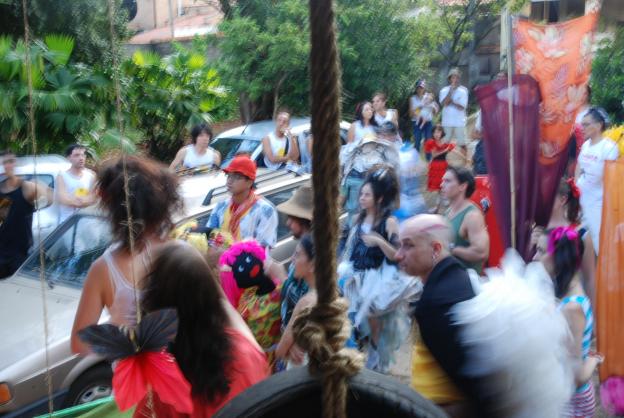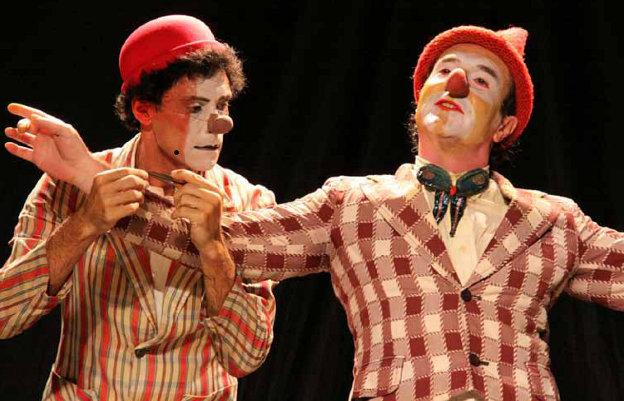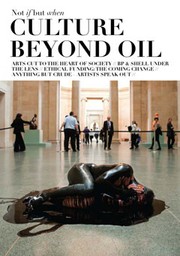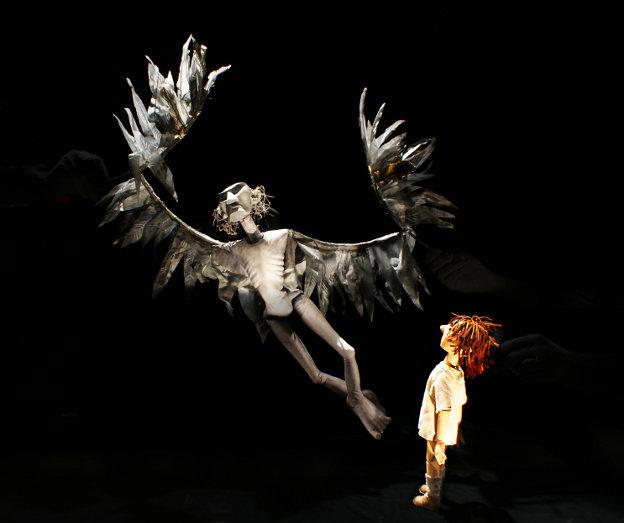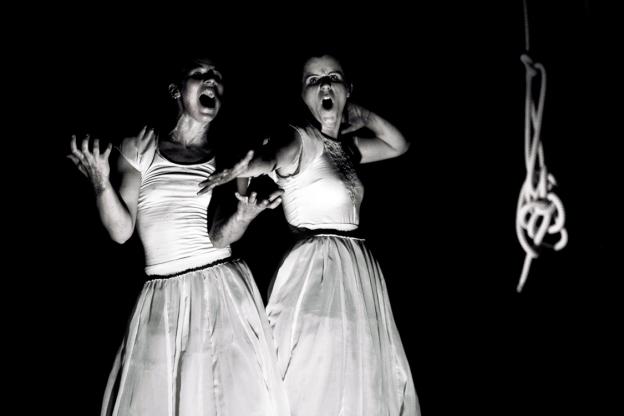Ola do Brasil!
If you were wondering why your editor had gone a bit quiet these past few weeks, it is because she’s been in Brazil on an extended research trip. Is still there, in fact, spending quality time with LUME Teatro and other Brazilian companies!
So being in Brazil in February/March means being in Brazil for carnival (you know, Mardi Gras/Shrove Tuesday the big blow-out before Lent). This was my second year in a row in Brazil at carnival time, so thought a few words on the subject wouldn’t go amiss!
First to say that when I was in Rio for Carnaval 2011, I didn’t see any of the carnival displays that are beamed to TV sets across the world. That carnival is hidden away in the Sambodromo, a massive stadium where tickets costing a fortune are sold months in advance to visiting tourists, or ringfenced for corporate hospitality. There is a sense of cynicism amongst Cariocas I know about the invisibility of this famous display, the majority of the people of the city excluded from its most famous cultural activity…
Where they and other Brazilians throughout the country have their carnival experience is in the street ‘blocos’ which you can imagine as a kind of cross between Glastonbury and Gay Pride: fancy dress of every conceivable type on display – sequinned hot-pants, Harem pants, blue nylon wigs, angel wings, devil horns, halos, funky shades, Hawaiian leis.
But the essential element of the experience is the music and the dance. And true to the origins of carnival, the street bloco is a collective experience in which there are no onlookers, all are participants to a greater or lesser extent, and in which the roles of ‘performers’ and ‘non performers’ merge and cross.
So let me give you some idea of how these work in somewhere like Barão Geraldo (a smallish town on the edge of Campinas, Sao Paulo district). A carnival bloco is scheduled to start at, say, 6pm. Should you turn up at the designated starting point at 6pm, what you will find is a truck with a sound system playing some recorded music, and a bunch of musicians ambling about, chatting to colleagues, drinking beer, trying on band t-shirts, changing strings on their cavaquinhos or guitars, tightening up the skins of their snares – or whatever. There will be some small children in fairy wings or Superman outfits running round and through their legs, and a spattering of other people lounging around smoking and drinking. A police car will be blocking the road to traffic, and a few policemen will be leaning against it, arms folded, bored expressions on their faces.
At some point a while later – maybe an hour, maybe more – the band will have taken up their cortege formation – cowbells and tamba and bass drums and snares, with the stringed instruments to the rear, a snake-nest tangle of leads trailing from the PA truck and plugged in to the pick-ups on the instruments. There will be a few low-key guitar-and-voice based songs (mostly as a sort of rehearse-in-public soundcheck, I suspect), but then we see the band leader go round and shake everyone’s hand or hug them intensely, so we know something is about to shift.
And suddenly there is a great surge of energy, as following the whistle blow and fingers-in-the-air countdown from the bandleader, the batteria thunders into action, and the ever-growing crowd starts dancing. But we are still, as yet, in our starting spot, no forward movement. Usually there are a fair few tunes played at the starting site, and these attract more and more people in – the first things played are often popular songs that everyone knows the words to, or perhaps songs newly-written for this year, with helpers passing round sheets of paper with the words on.
Once the band are fully in their stride and the unifying first few songs have been sung, the whole cortege starts to move forward along its designated route. Which may well be a mere mile or so, but it’ll take us five or six or more hours to do that route, in a kind of ‘two steps forward, one step back’ pattern of progressing and stopping.
Along with musicians and accompanying crowd – some dancing wildly, some kind of edging along in what we might call the ‘carnival two-step shuffle’ – will be a whole army of drinks sellers, their beers and water and energy drinks (and in some cases, spirits and cocktails too!) housed in a variety of ways, from the simple polystyrene ice-box carried on the shoulder, to the shopping trolley filled with cans, to the rather more sophisticated fridge trolley and umbrella contraptions. Sometimes these get caught in a kind of bottle-neck, and have to edge their way to the side of the crowd.
There’s all sorts of unwritten rules about the blocos. If you are right in front of the band, then it is customary to dance backwards, so you are kind of paving the way for them rather than holding them up, as you might do if you had your back to them. This way, the band (and any ‘official’ dancers or flag bearers the band carries with them) can set the pace of the forward movement rather than the crowd setting it – although it is always a give-and-take situation. This front row of backward-facing dancers often hold hands and get into little patterns of forward and back runs or grapevine-like side steps weaving from left to right, as well as the legendary faster-than-the speed-of-light on the spot footwork the street samba dancer is renowned for!
If you stay right in the thick of things you really need to keep dancing and go with the flow – although I did, at one bloco, see a very tall man with a child on his shoulders stand resolutely still right next to the band, people weaving around and past him as if he were some sort of civic statue or sculpture to be negotiated.
If you feel that your energy is flagging, then you can ease your way out to the edges and take a break, walking slowly alongside for a while, or even just watching the parade go by, then working your way back upfront, should you so wish, once your energy returns. These slower and calmer edges are where much of the meeting and greeting goes on. In a place the size of Barão Geraldo, everyone at any event will know a great deal of other people there. What I found most amusing and lovely was the excitement with which people greeted others whom they had seen a mere 24 hours earlier – hugging and kissing each other as if they were long-lost brothers returned from a great sea journey lasting many years…
In Rio, I experienced blocos day and night – a complete carnival immersion, with little chance of escape. Barão Geraldo is a lot different, with one main bloco each carnival day, which lasts a good long spell of up to eight hours, and a number of smaller events. I went to two of the big blocos. Saturday evening’s event was led by the extraordinary and redoubtable Altaneira, who played for an astonishing and truly marvellous eight hours without a break, cleverly shifting rhythms and speeds to accommodate traditional carnival samba song, hardcore percussion-led battatuque, axe style music from Bahia, sinuous African rhythms – and a whole host of other things I couldn’t name but loved.
Monday evening saw the turn of Cupinzeiro, who had a slightly more laid-back and melodic style, and who paced their bloca in a different way. Rather than the relentless build of Saturday’s event, in which Altaneira never stopped playing, but found ways within their eight-hour set to give some musicians a short break, for example by having a number of vocal-and guitar based tunes as an interlude for the percussionists – Cupinzeiro’s event scheduled stops along the way, where the whole band came to rest for a while, and everyone had the opportunity to sample the delights of the downtown ‘portaloos’.
Both these two blocos start early evening, and there is a family-friendly feel for the first few hours, the children weaving in and out of the crowd of dancers or excitedly poking at the sculptural decorations that were wheeled along the streets at the head of the cortege (the Alterneira event on Saturday had some sort of evolutionary theme, and featured models of space rockets, dinosaurs and a rather fetching monkey writing the works of Shakespeare on a word-processor!). But as the night progresses, it gets a little more adult and earthy, as more and more people join the throng, and more and more drink is drunk. Yet despite the high volume of alcohol being consumed, I didn’t see one moment of bad humour from anyone.
I should also mention here that apart from the street events there are also special carnival bills at the live music venues, for those who prefer a more sedate carnival experience. For some people it is enough to party in their gardens with friends. Carnival is different things for different people.
But whatever choice the Brasilieros make at carnival time, one thing is for sure: it beats pancake races in the cold!
[This blog is an edited version of a post that first appeared on www.terralume2012.blogspot.com]http://www.terralume2012.blogspot.com

